May 13, 2025 | 21:56 GMT +7
May 13, 2025 | 21:56 GMT +7
Hotline: 0913.378.918
May 13, 2025 | 21:56 GMT +7
Hotline: 0913.378.918
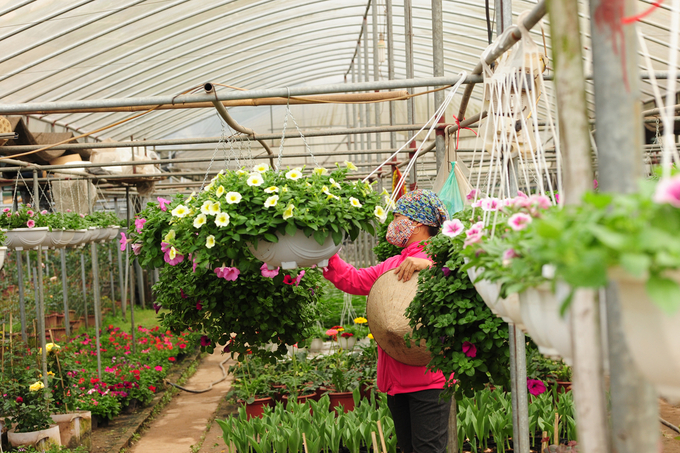
There needs to be policies and programs for urban agriculture development to apply modern technologies and advanced techniques into production. Photo: Duy Hoc.
Resolution No. 06-NQ/TW dated January 24, 2022, of the Politburo on "Planning, construction, management, and sustainable development of Vietnam's urban areas until 2030, with a vision to 2045" clearly points out that urban planning has often lacked vision and been of low quality. In many places, arbitrary adjustments to planning have impacted the space available for urban agricultural development. Therefore, urban planning needs to be integrated with urban agriculture development, considering the specific characteristics of inner-city and suburban areas, regional specialty products, and market demands.
In addition, some experts and scientists argue that urban agricultural development requires long-term strategies that align with urban development plans and the pace of urbanization in each locality. In particular, policies and programs for urban agriculture development are needed to apply modern technologies and advanced techniques in production.
Furthermore, there must be close cooperation between the private and public sectors in developing urban agriculture. Looking further ahead, maximizing the use of urban spaces for agricultural production to achieve high economic efficiency and create green living environments for urban residents is an experience that many advanced countries worldwide have successfully implemented.
However, according to Mr. Nguyen Van Bo, former Director of the Vietnam Academy of Agricultural Sciences, because our urban development has been too rapid and planning has lacked coordination, environmental issues are constantly overwhelming. Therefore, it is essential to prioritize environmental protection efforts. Specifically, the focus should be on waste and wastewater treatment from residential areas, livestock farming, and aquaculture, as well as on processing methods that limit waste dilution and ultimately resolve the overload of biogas technology in treating livestock waste.
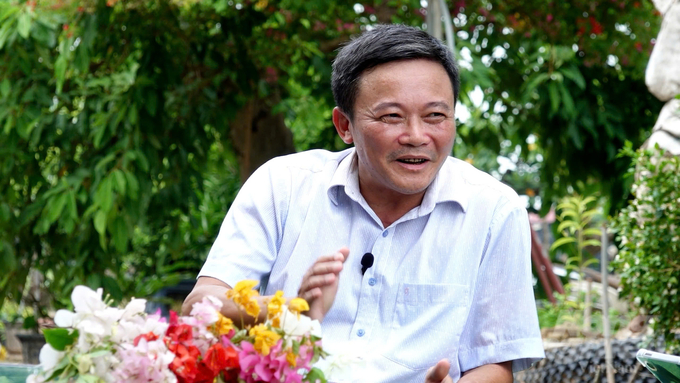
Mr. Nguyen Van Kien, Director of the Agricultural Extension Center of Hung Yen Province, shares with *Vietnam Agriculture Newspaper* about urban agriculture. Photo: Quang Dung.
Sharing the same viewpoint, Mr. Nguyen Van Kien, Director of the Agricultural Extension Center of Hung Yen Province, believes that environmental issues are a major challenge for production in general, and agricultural production in particular. Therefore, in recent years, the agricultural extension team of Hung Yen Province has regularly incorporated environmental education into training sessions, field trips, and learning experiences for farmers, as well as implementing models to reduce environmental pollution emissions.
Through agricultural extension programs and project models, the agricultural extension sector in Hung Yen has implemented various initiatives in fields such as crop cultivation, livestock farming, and aquaculture. A particular focus has been on introducing new varieties, technical advancements, and solutions for safe production that reduce costs while improving the efficiency of farmers’ operations.
According to Mr. Nguyen Van Kien, the application of high technology in production will help reduce the use of chemical pesticides and fertilizers. The local agricultural extension team has also guided farmers to increase the use of organic fertilizers and biological pesticides to reduce environmental pollution while ensuring productivity and protecting human health.
"Additionally, the agricultural extension sector has been implementing the Sustainable Livestock Development Project, with a highlight being the use of manure separators. For example, in 2023, when 50 manure separators were initially introduced to several households, most people didn't know what they were. However, once they used them, they found the machines easy to operate and highly effective. These machines can separate 80-90% of solid waste, which is then composted with microbial inoculants to produce organic fertilizer for crops," Mr. Kien shared.
In addition to the livestock sector, over the past three years, the agricultural extension team in Hung Yen has closely collaborated with the Japan International Cooperation Agency (JICA) in waste management for crop production at 12 cooperatives across the province. Harvest by-products and waste can be composted into organic fertilizer or used for mulching, following Japanese techniques.
"Moving forward, we will continue focusing on reducing environmental pollution in both crop cultivation (primarily by applying VietGAP standards and organic production) and livestock farming with a focus on biosafety. This will ensure a clean and green environment while helping farmers earn higher incomes and develop sustainably," Mr. Kien said.
Translated by: Mai Quang Huy
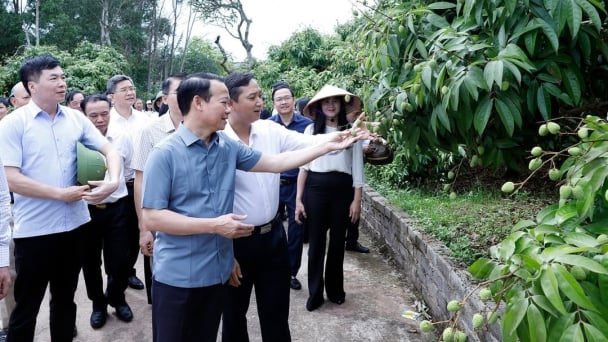
(VAN) Agriculture and environment sector experienced a 3.74% increase in growth during the first four months of 2025, with exports surpassing 21 billion USD. This growth was sustained by effective reforms and a trade surplus.
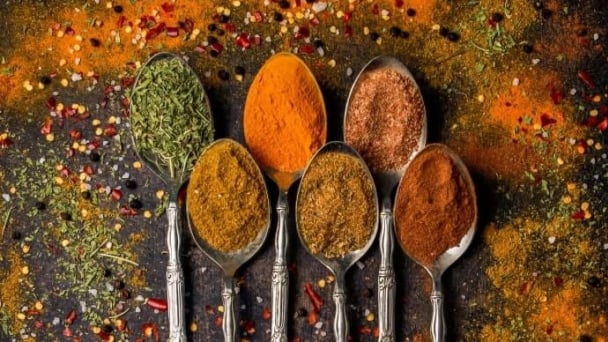
(VAN) Taiwan offers a promising market for Vietnamese turmeric; however, it enforces stringent standards, particularly concerning residual additives, colourants, and substances with potential carcinogenic effects.

(VAN) Through activities at Vietnam Sea and Island Week 2025, solutions will be developed to fully harness the potential and advantages of Vietnam's marine economy.
![Multi-channel, multi-directional Vietnamese agricultural markets: [4] EVFTA and the 0% tax advantage](https://t.ex-cdn.com/nongnghiepmoitruong.vn/608w/files/linhnhp/2025/05/12/day-chuyen-che-bien-tom-tai-1-nha-may-cua-sao-ta-205536_359-1044193.jpg)
(VAN) The near-complete elimination of import tariffs on Vietnamese goods makes the EVFTA the highest commitment the EU has ever made to a partner in its signed trade agreements.
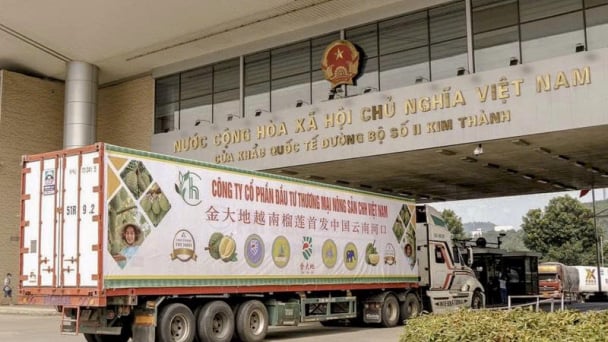
(VAN) Deputy Minister Phung Duc Tien hopes that China will facilitate the entry of Vietnamese agricultural products into its market and accelerate customs clearance at border gates.
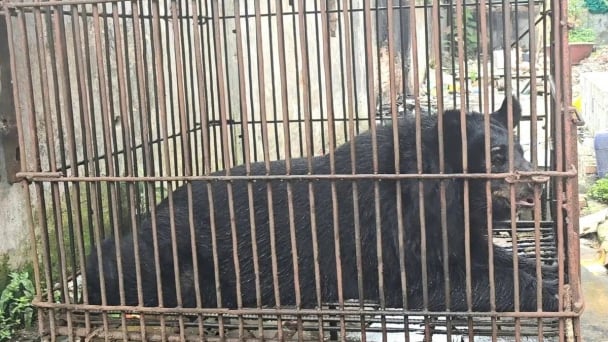
(VAN) On May 10, the Animals Asia Foundation and the Hai Phong Crop Production and Forest Protection Department successfully rescued a nearly 20-year-old sun bear that was being kept by locals.
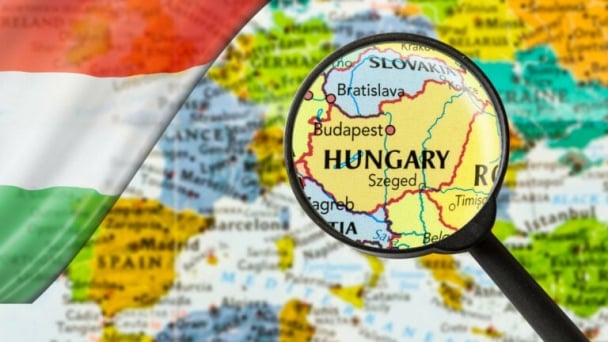
(VAN) Does Hungary have an opportunity to expand poultry production in the coming years despite the pressure from avian influenza and challenges of the trade war?